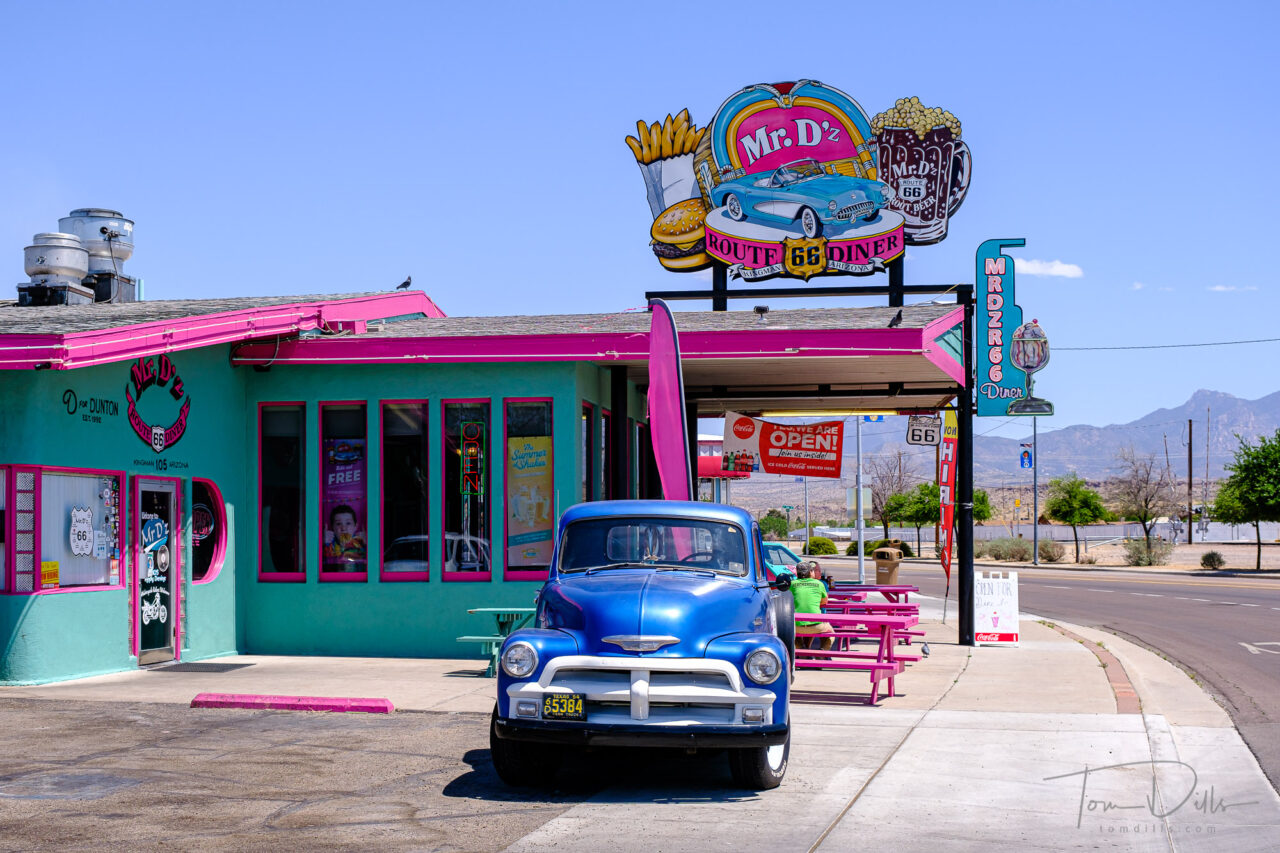
We started off our Route 66 adventure on Sunday with dinner at “Mr. D’z Route 66 Diner.” Homemade Root Beer and excellent burgers!
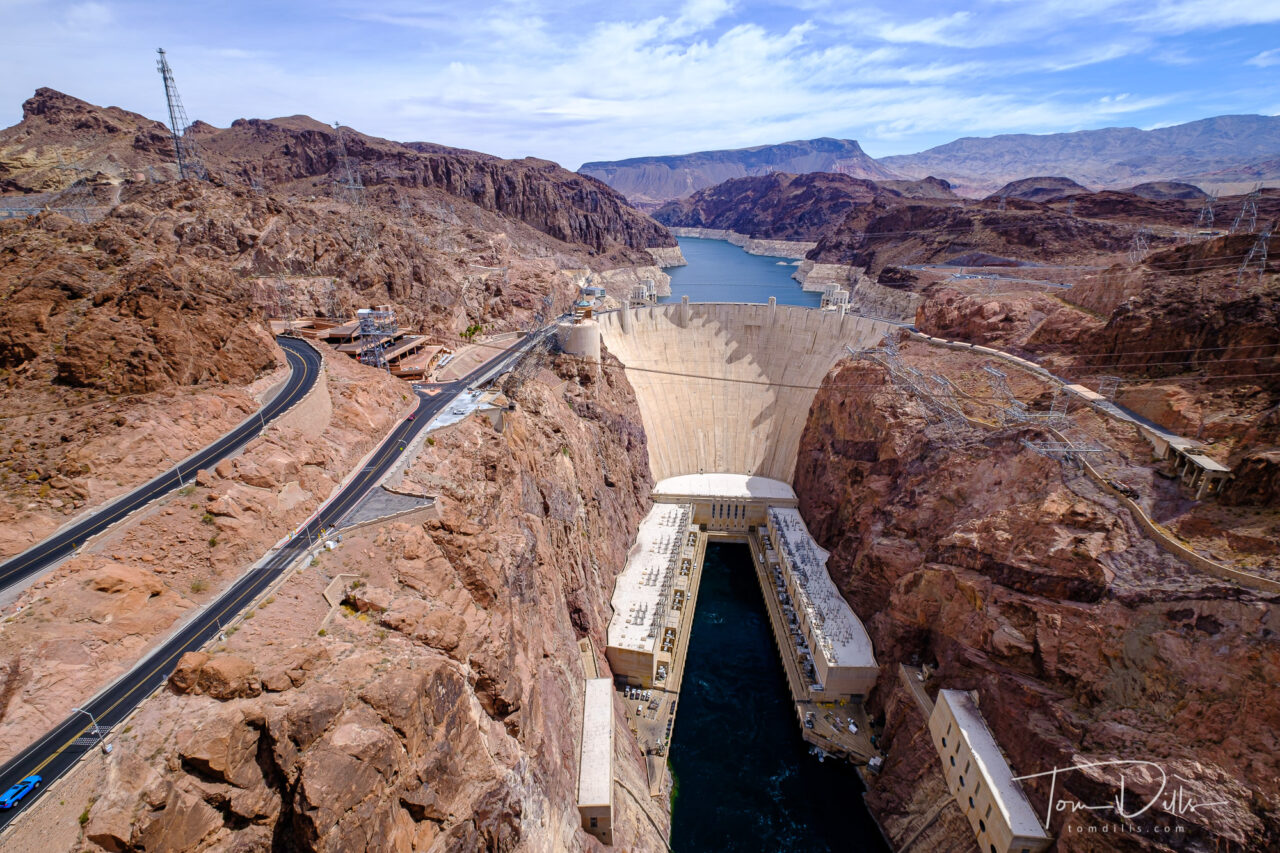
We decided we couldn’t come all the way out here and not to at least a few “big name” places. We visited Hoover Dam and took a boat cruise on Lake Mead. Quite a beautiful area! Hot and windy here but a nice cloud cover made for pretty decent photography. I took a few photos! On toward Route 66 tomorrow and the Grand Canyon on Monday.
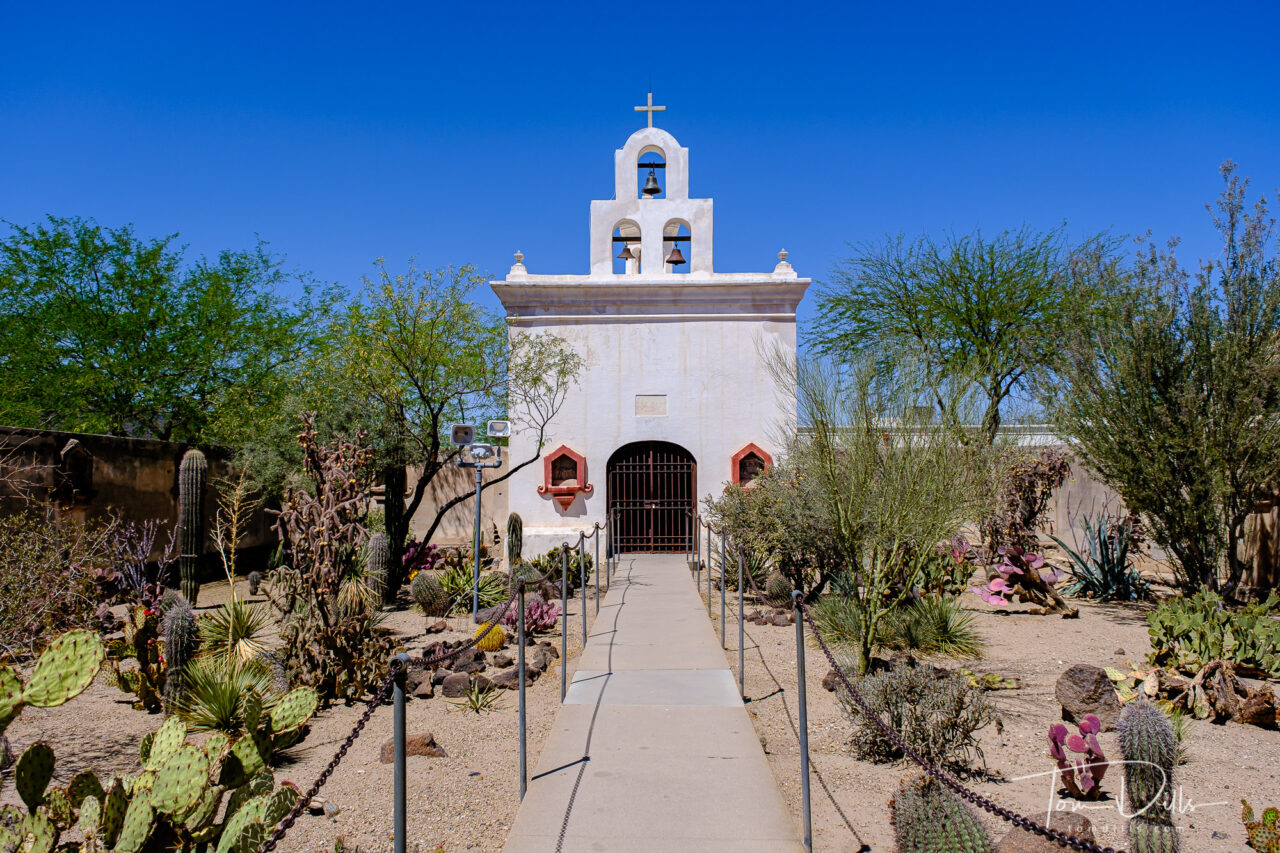
Mission San Xavier del Bac is a historic Spanish Catholic mission located about 10 miles south of downtown Tucson, Arizona, on the Tohono O’odham Nation San Xavier Indian Reservation. The mission was founded in 1692 by Padre Eusebio Kino in the center of a centuries-old settlement of the Sobaipuri O’odham, a branch of the Akimel or River O’odham located along the banks of the Santa Cruz River. The mission was named for Francis Xavier, a Christian missionary and co-founder of the Society of Jesus (Jesuit Order) in Europe. The original church was built to the north of the present Franciscan church. This northern church or churches served the mission until it was razed during an Apache raid in 1770.
The mission that survives today was built between 1783 and 1797, which makes it the oldest European structure in Arizona. Labor was provided by the O’odham. An outstanding example of Spanish Colonial architecture in the United States, the Mission San Xavier del Bac hosts some 200,000 visitors each year. It is a well-known pilgrimage site, with thousands visiting each year on foot and on horseback, some among ceremonial cavalcades or cabalgatas.
Half of the actual church building was covered in scaffolding due to renovations, but this is an adjacent chapel which carries through some of the same architecture.
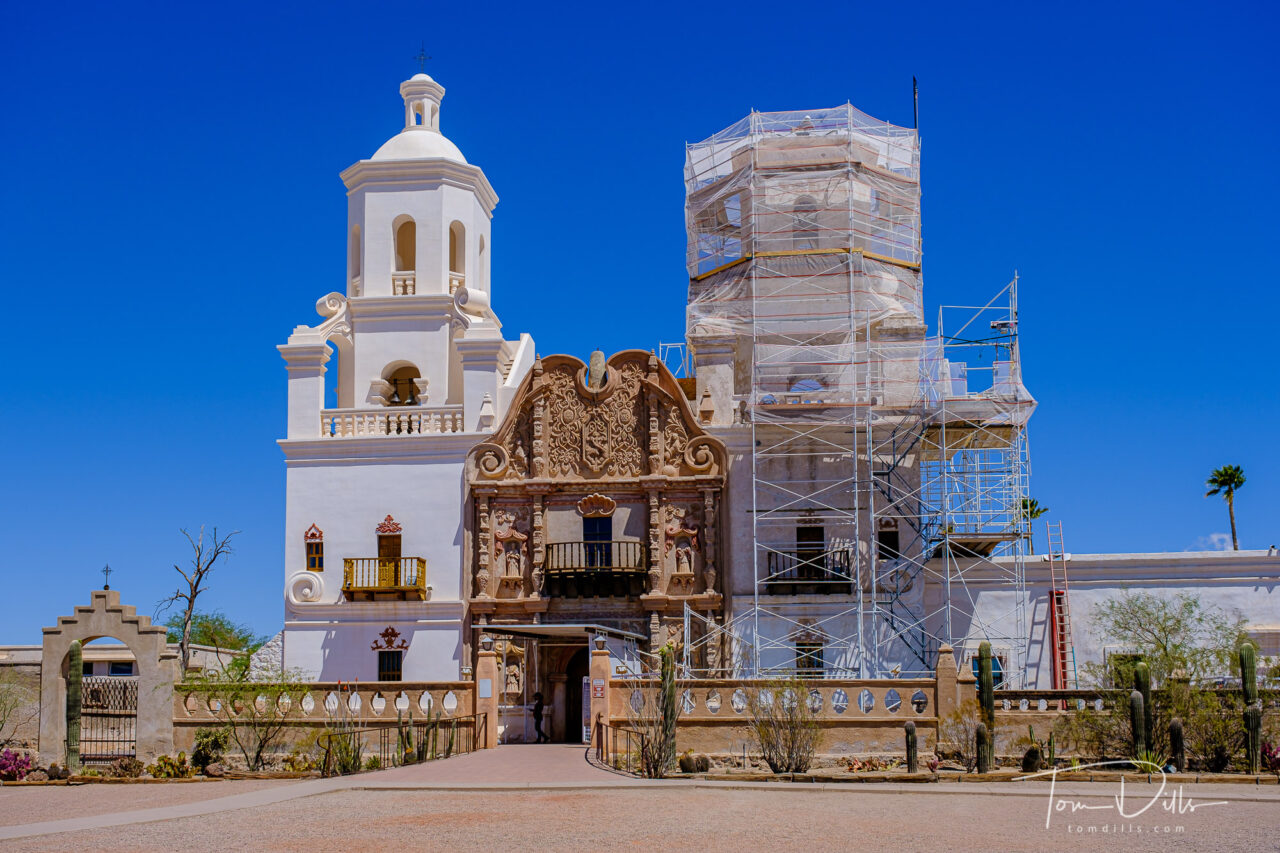
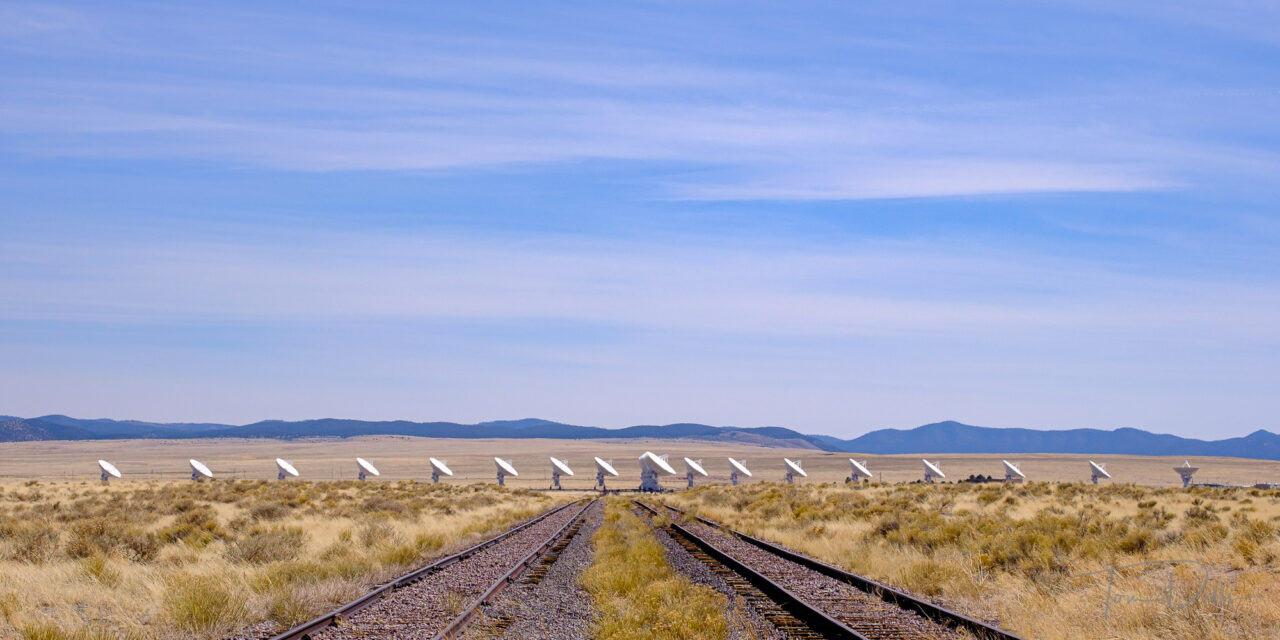
So what is the Very Large Array, you ask? From Wikipedia:
The Karl G. Jansky Very Large Array is a centimeter-wavelength radio astronomy observatory located in central New Mexico on the Plains of San Agustin, between the towns of Magdalena and Datil, 50 miles west of Socorro. The VLA comprises twenty-eight 25-meter radio telescopes (27 of which are operational while one is always rotating through maintenance) deployed in a Y-shaped array and all the equipment, instrumentation, and computing power to function as an interferometer. Each of the massive telescopes is mounted on double parallel railroad tracks, so the radius and density of the array can be transformed to adjust the balance between its angular resolution and its surface brightness sensitivity.[2] Astronomers using the VLA have made key observations of black holes and protoplanetary disks around young stars, discovered magnetic filaments and traced complex gas motions at the Milky Way’s center, probed the Universe’s cosmological parameters, and provided new knowledge about the physical mechanisms that produce radio emission.
The VLA stands at an elevation of 6,970 feet above sea level. It is a component of the National Radio Astronomy Observatory (NRAO). The NRAO is a facility of the National Science Foundation operated under cooperative agreement by Associated Universities, Inc.
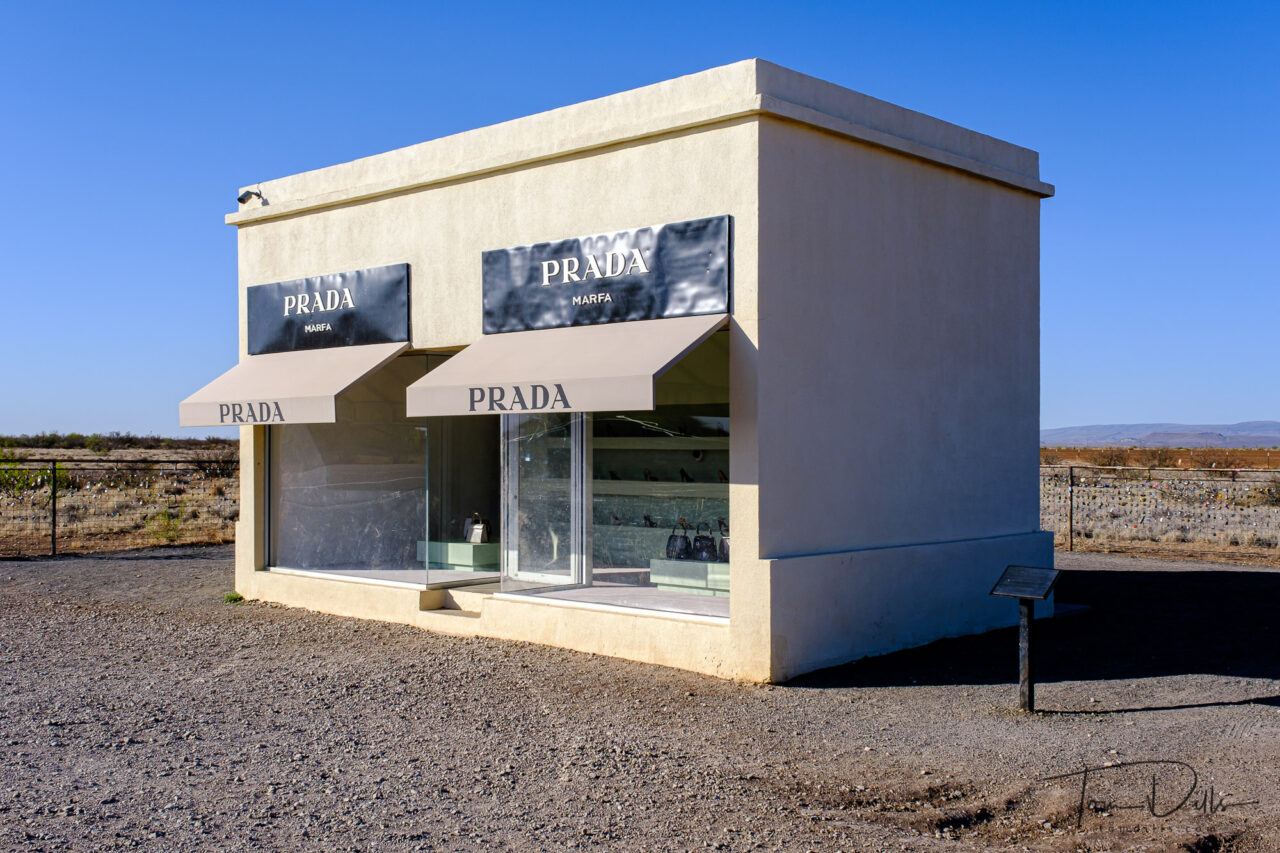
It was quite an eventful day and it’s late. But here is one tidbit from first thing this morning.
Prada Marfa is a permanent sculptural art installation by artists Elmgreen and Dragset, located 1.4 miles northwest of Valentine, Texas, just off U.S. Highway 90, and about 26 miles northwest of the city of Marfa. The installation, in the form of a freestanding building—specifically a Prada storefront—was inaugurated on October 1, 2005. The artists described the work as a “pop architectural land art project.”